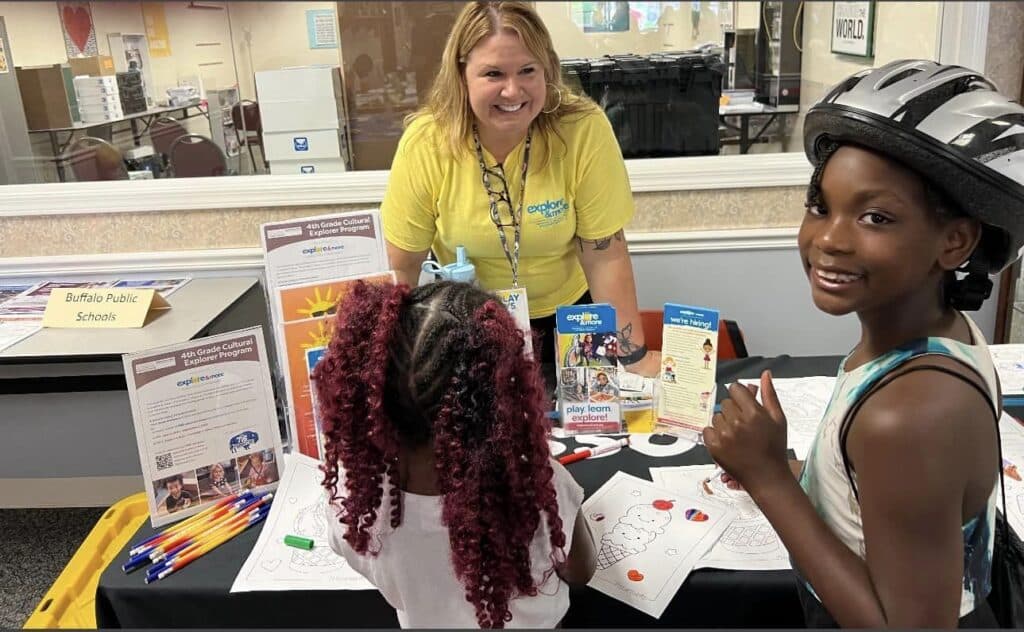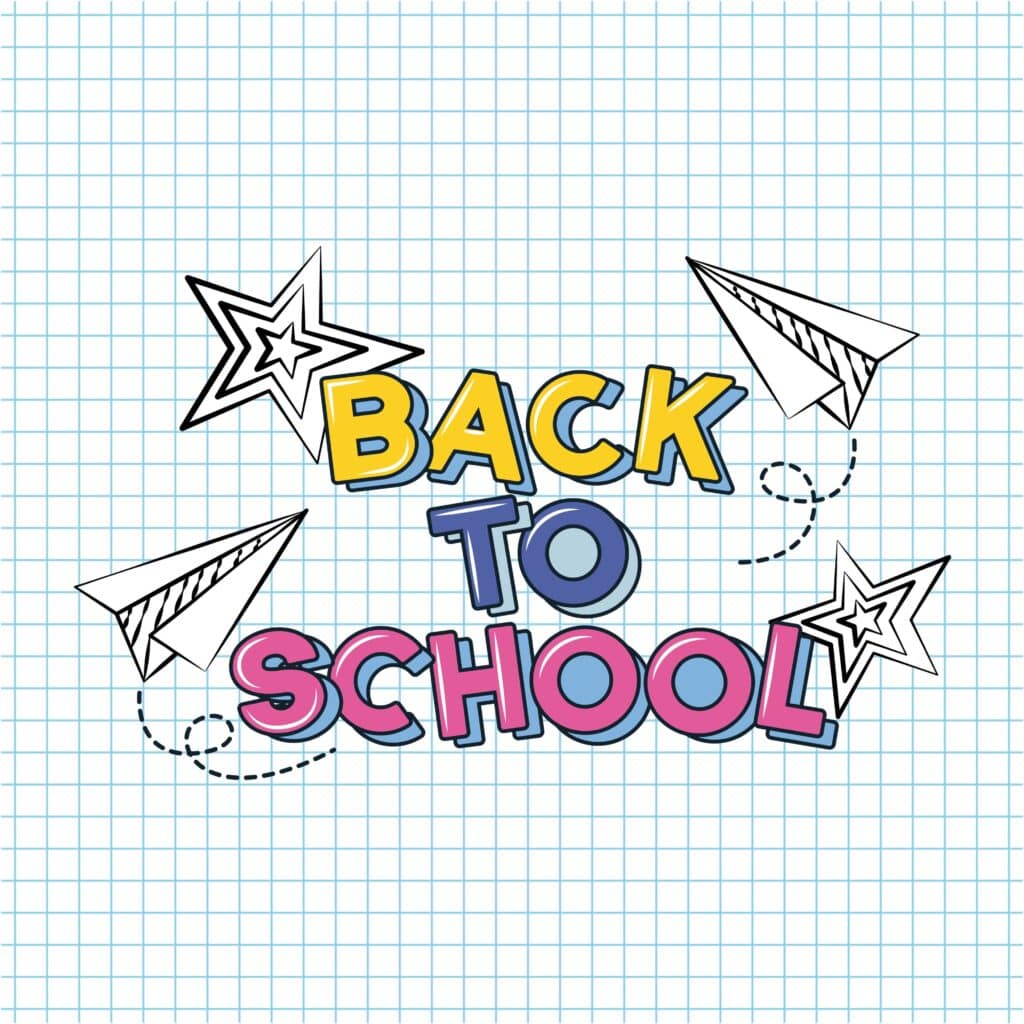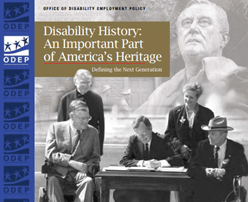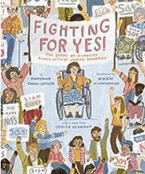Dear Friends,
As parents and caregivers, we long to have a deep connection with our children, but it’s difficult when most of their answers to questions about their day are simply, “Fine.” I’ve learned that we can’t let their short responses keep us from creating a meaningful bond with them—deep down, our kids want to connect with us, too.

Here are my five favorite questions that can help you kickstart meaningful conversations with your kids. And remember, timing is everything. Sometimes, your child may need some time to decompress and PLAY after their busy day. Read their cues and find the right time to have these conversations.
1. What are you most excited about right now?
This might just be the best (and easiest) jumping off point for connection. Ask the question and be prepared to listen…for a while. After all, kids are often bursting with excitement about one thing or another. To have an adult’s willing ear is a treat like no other. They truly do want your time and attention.
2. What do you and your friends laugh about these days?
Take advantage of your access to youth—ahem, your kids—to learn more about what’s funny to this generation. Then, look for ways to incorporate more laughter in your home.
3. What do you want to happen on your birthday (or a specific holiday)?
Special occasions give kids an opportunity to dream BIG. The occasion doesn’t even have to be right around the corner—kids can tell you their birthday dessert and activity of choice, and the item they want most in the world within just a few minutes of conversation. Consider it a window into your kid’s imagination.
4. What’s making you mad lately?
Kids are happy-go-lucky creatures, but they also have things they’re affected by. Asking this question gives credibility to your concerns and helps your child work through their emotions in a safe environment.
5. What’s something cool you heard or learned about recently?
Kids like to feel knowledgeable, especially if it’s about a topic you don’t know about. Give your kid’s brain a chance to shine and look for ways to learn more about their interests together.
These questions are just a starting point that will hopefully break through the distracted exterior and help us to get to the heart of the matter: helping our kids feel seen and loved exactly as they are.
Looking forward to seeing you at Explore & More soon,
Lisa Chrapowicz
Director of Strategic & Community Initiatives







